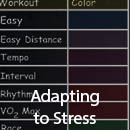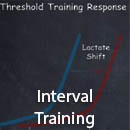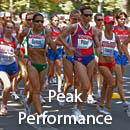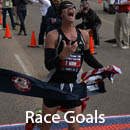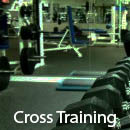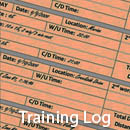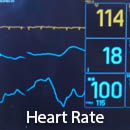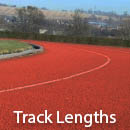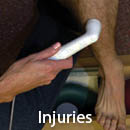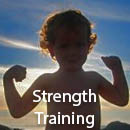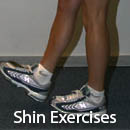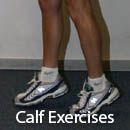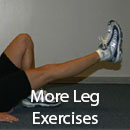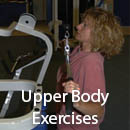Race Walking Training
Heart Rate Training
Why did I wait until the end of the section to cover heart rate and heart rate monitors? Not because I don’t believe in them. I do. I view monitoring heart rate as an incredibly effective training tool. There are two basic methods for assessing heart rate in your training program.

If you keep a good training log, then your heart rate record becomes a gauge of how hard you train or race. If you train at a 150 heart rate for your race-pace intervals, and go out at 165 for the first mile of a race, then you know you began the race too fast. Likewise, if your heart rate midway through the race remains at 140, you probably have room to pick up the pace. This simple method of using your heart rate provides an easy, effective strategizing tool.
A more complex heart rate method involves using your maximum heart rate (MHR) to help determine the appropriate heart rate for different workouts. Knowing your MHR enables you to calculate your optimal heart rate for any particular workout using a percentage of maximum heart rate (PMHR). So if you aim to walk at 70% of your MHR, with an MHR of 200, your PMHR for 70% is 140.
Determining true MHR for a person just learning to race walk is problematic. To use heart rate as a tool, you need a means of approximating your MHR. The commonly used method, found in many publications, uses 220 minus age as a formula; this method produces a lower-than-actual MHR for trained athletes and a higher-than-actual MHR for untrained athletes—not very helpful.




